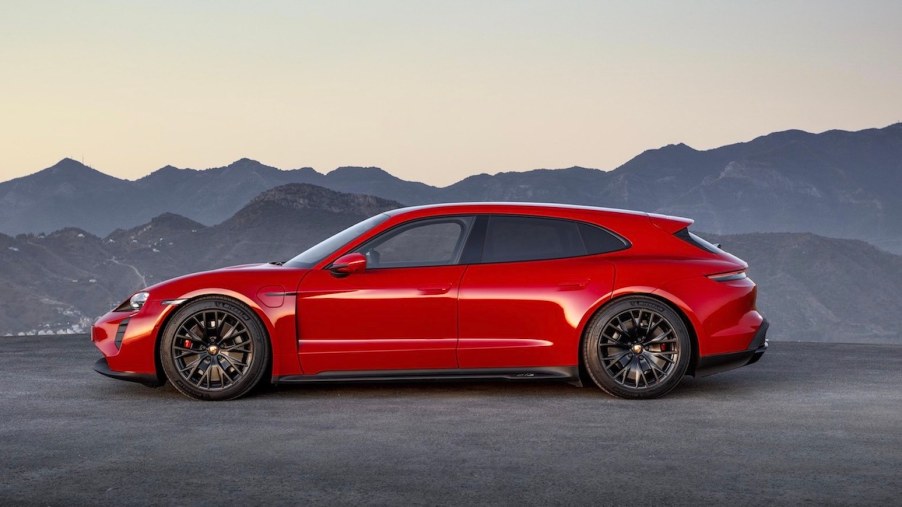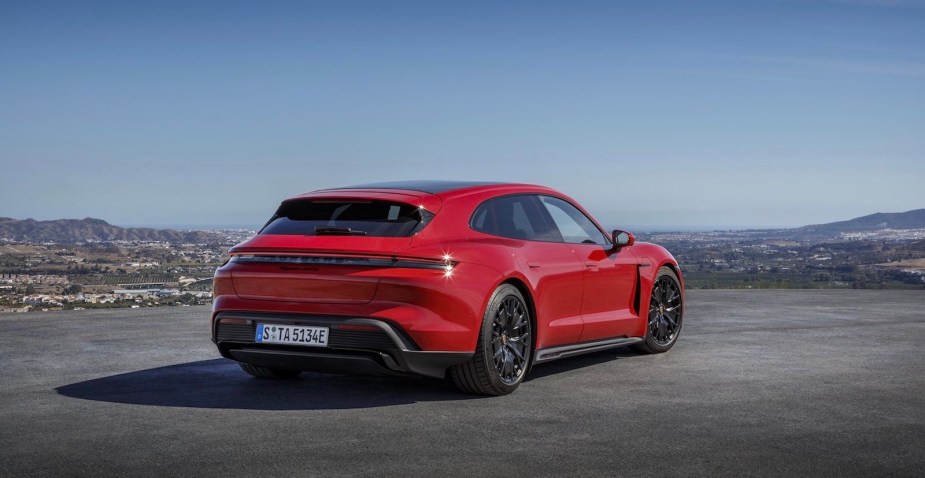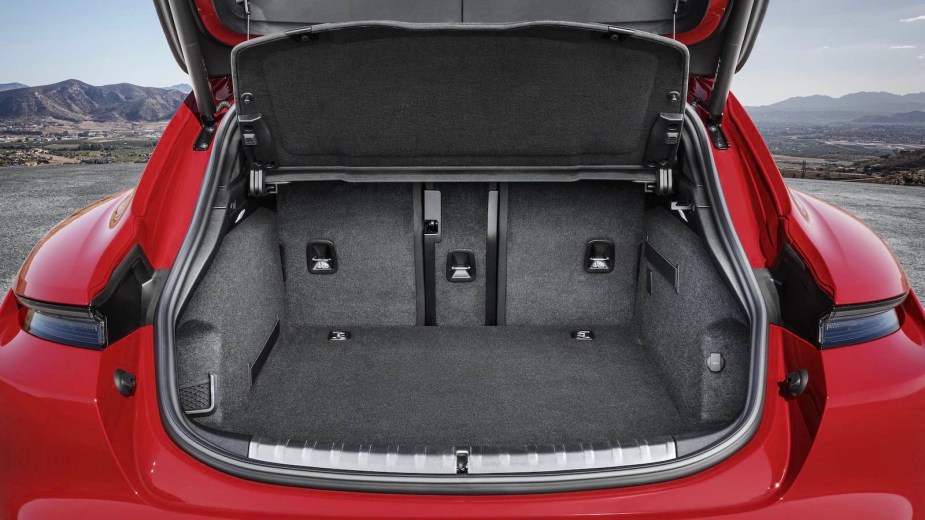
Your Next Car Will Look a Lot Like This Electric Porsche, Whether You Like It or Not
The era of the electric car is racing toward us. This is because an increasing number of countries are banning emissions and/or combustion engines in an effort to combat global warming. This change in powertrains will ignite a change in the type of cars we drive, and how we drive them.
Our cars get bigger every year. More efficient internal combustion engines have allowed automakers to build taller and wider vehicles. And in the never-ending competition for storage capacity and aggressive styling, our vehicles have steadily grown. In fact, the average new car today pollutes more than the average new car ten years ago–all because of the increased size and weight of them.
But in the case of an EV, rolling resistance and wind resistance have a big impact on range. Lower and narrower cars have much less wind resistance. And lighter cars are also more efficient. So what will the default EV commuter look like? Probably a lot like the current Our cars get bigger every year. .

Porsche launched its electric Taycan sports sedan in 2019. The car was quick, powerful, and fully electric. And buyers loved it: Porsche sold more Taycans than 911s in 2021. So Porsche doubled down and released a lifted wagon version: the Taycan Cross Turismo. But a heavier car has worse range and performance. And lifted a car creates more turbulence, aka wind resistance. So Porsche also released a Taycan Sport Turismo wagon.
There are a few interesting things going on with this car. It has 15.8 feet of storage in the back and another front trunk. If you drop the rear seats, you have 42.8 cubic feet of storage space for longer items. That’s a bit closer to what driver expect from their current crossovers, and may be mandatory to sell folks EVs.
At the same time, this car is low and relatively efficient. It’s rated at 185 Wh/km. Reviewers find it has a 276 mile usable range. But mark my word, that Wh/km or Wh/mile number will soon be much more important to drivers than range.

Today, the public charger network is sparse enough to induce range anxiety. And many of the EVs on the road charge relatively slowly. Even most Tesla models are limited by a 400-volt electrical system. But cutting-edge EVs, such as the Porsche Taycan, have a 800-volt electrical system. The most efficient of these can charge for 20-30 minutes, then drive for three hours. Realistically, that is a good enough ratio for most family roadtrips.
So to sum it up: the standard commuter EV will have an 800-volt system capable of rapid charging. It will have a good Wh/km ratio thanks to a low, narrow design. And likely it will look like a wagon for modern cargo capacity.
What’s more, these EVs already exist. You may have heard the phrase, “The future is here, you just can’t afford it.” Well the Porsche Taycan Sport Turismo starts at $141,000. That’s a little steep, even for a “sensible” EV design. But hopefully other automakers catch on and start building EVs that look a lot like this Porsche.
Next, see other EVs that can road trip indefinitely the folks at Out of Spec Reviews take the Porsche Taycan for a road trip in the video below:



